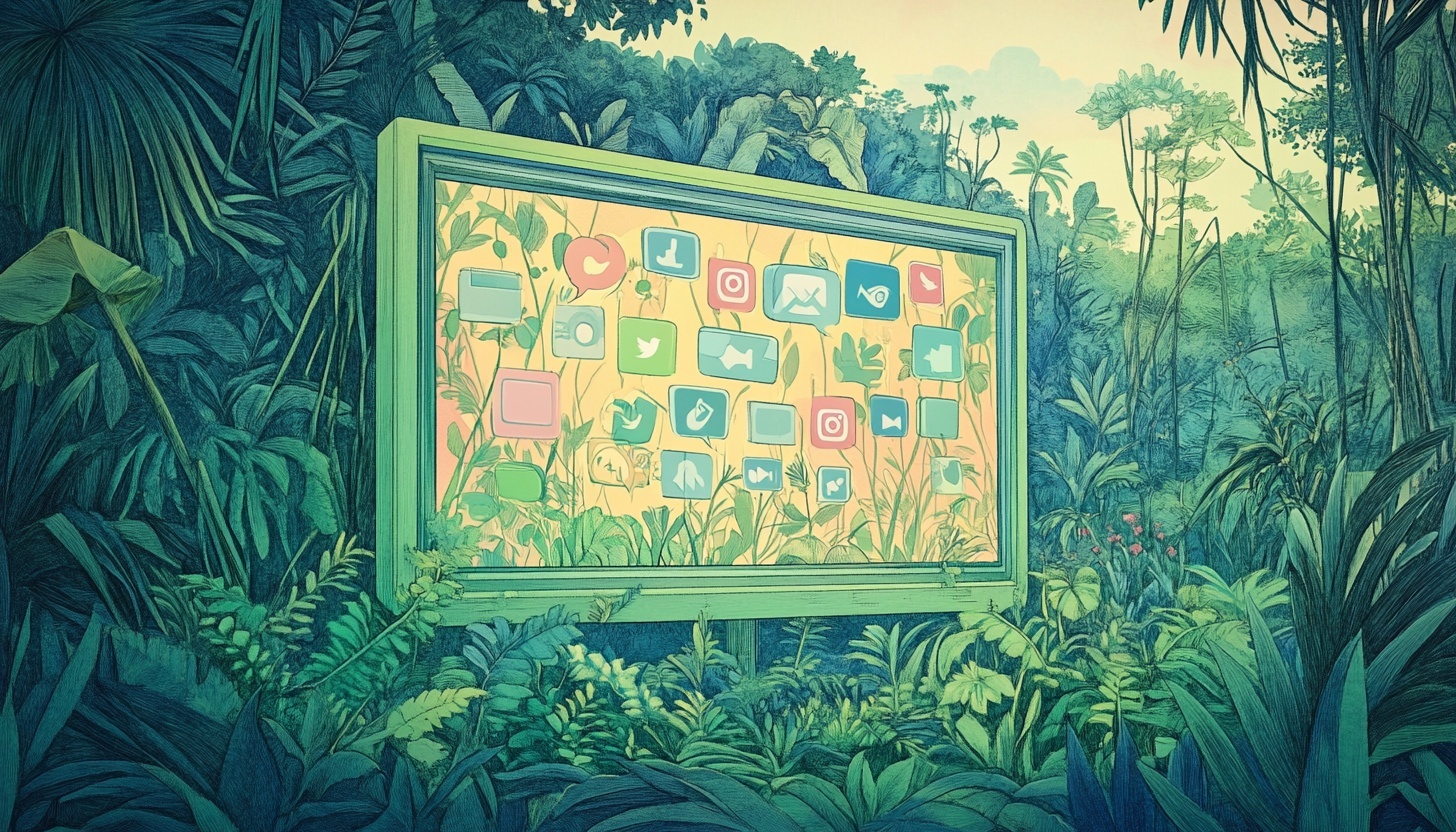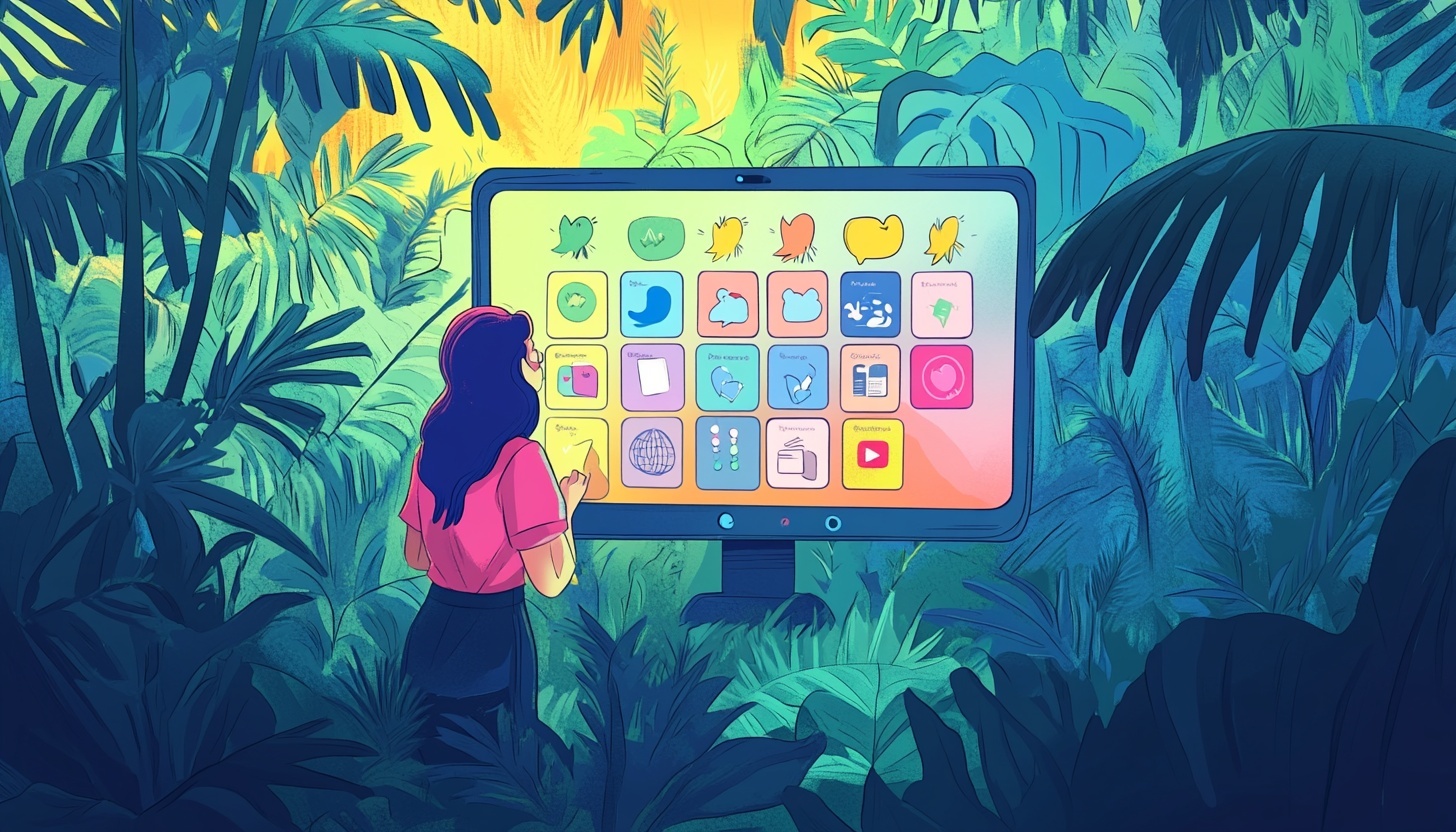Goodbye Google Podcast and Hello YouTube Music
As long-time podcast enthusiasts, we've been closely following the evolution of podcast apps. And, Google Podcasts has been one heck of a ride! But in April 2024 - like many of Google's other projects - it was time to bid farewell to the Google Podcasts platform, and embrace the future of podcast listening with YouTube Music.
What Was Google Podcasts? Understanding the Defunct Platform
Google Podcasts first launched in 2018 as a standalone podcasts app, offering users a clean and simple interface to discover, subscribe, and listen to their favorite shows.
It quickly gained popularity thanks to its integration with Google's broader ecosystem, including Google Search and Google Assistant. Google Podcasts Manager was easy for podcasters to use, and the Google Podcasts app was a breeze for listeners to use as well.
Over the years, Google Podcasts played a significant role in shaping the podcasting landscape. It made discovering new shows easier than ever, contributing to the overall growth of the podcast industry.
However, according to Edison Research, about 23% of weekly podcast users in the U.S. said YouTube was their most frequently used service, while only 4% cited Google Podcasts.
Still, Google Podcasts remained a niche player alongside giants like Apple Podcasts and Spotify. But now, the game has changed.
The Big Transition: Moving from Google Podcasts to YouTube Music
In September 2023, Google announced that it would be shutting down the Google Podcasts Manager in favor of consolidating its audio offerings under YouTube Music.
The transition will happen gradually throughout 2024, with Google Podcasts app officially shutting down on April 2024 in the U.S. and June 2024 globally.
For current Google Podcasts users, the migration process was relatively straightforward.
Podcasters had a pretty good lead time to get their listeners transferred over from the Google Podcasts app to YouTube Music.
But why the move to YouTube Music? From what we gathered, it's all part of Google's strategic vision to create a unified destination for all things audio. And, if we're honest, we think YouTube was also hoping to drive subscriptions to YouTube Premium.
Why YouTube Music for Podcasts?
By consolidating podcasts under YouTube Music, Google aims to offer users an enhanced listening experience with seamless integration between music and spoken-word content.
YouTube Music's recommendation algorithms will help users discover new podcasts based on their listening habits and preferences. This meant more potential listeners for podcasters. Win-win right?
For podcasters and content creators, the transition from Google Podcasts Manager presents new opportunities to reach a wider audience within the YouTube ecosystem. With tools like YouTube Analytics and the ability to create video podcasts, creators can better understand their audience and experiment with new formats.
What This Means for Podcasters and Content Creators
If you haven’t already, you should familiarize yourself with YouTube Music's requirements for podcast hosting and distribution. This includes optimizing your podcast metadata, creating compelling show descriptions, and leveraging YouTube-specific features like timestamps and chapters.
Note: If you want to distribute your podcast beyond YouTube Music to Apple Podcasts or Spotify for Creators let's say, you'll need a proper podcast hosting company like Castos, PodBean, Libsyn, RSS.com, or Buzzsprout.
We personally use Simplecast to host our company podcast Uploading...
Creators should also consider adapting their content strategy to take advantage of YouTube Music's unique capabilities. This might involve experimenting with video podcasts, creating shorter clips for social media promotion on YouTube Shorts, or engaging with listeners through comments and community posts.
Streamlining Your Podcast Workflow with Castmagic
As a podcaster, you're always looking for ways to maximize the impact of your content and reach a wider audience. Whether you're repurposing your podcast as an audiogram for YouTube or diving into video podcasting, Castmagic can help streamline your workflow and save you time.
With Castmagic, you can easily import your media files from various sources, including audio, video, YouTube, Vimeo, RSS, Instagram, Zapier, and more.
Once your file is uploaded, Castmagic's powerful AI transcribes your recording, removing filler words and splitting the content by speakers. This high-quality transcript serves as the foundation for creating a wide range of content assets.
One of the most valuable features of Castmagic is its ability to generate timestamps and detailed show notes that you can easily copy and paste into your YouTube descriptions. This feature alone can save you hours of manual work.
But Castmagic doesn't stop there – it also provides you with meaningful quotes, complete with the speaker's name, timestamp, and a title for your quote. These quotes can be used to create engaging audiograms or video clips that you can share on social media to promote your podcast.
In addition to these time-saving features, Castmagic offers a variety of content outputs that can help you repurpose your podcast for different platforms. You can generate blog posts, email newsletters, social media posts, and even threads on Instagram’s Threads based on your podcast content.
And if you're looking to create lead magnets or custom content pieces, Castmagic's Magic Chat feature allows you to generate content based on the context of multiple recordings.
Overall, Castmagic is an invaluable tool for podcasters who want to save time, maximize their content's impact, and expand their reach across multiple platforms.
By streamlining your workflow and providing a wide range of content outputs, Castmagic empowers you to focus on what you do best – creating amazing podcast content.
Learn more about Castmagic’s tools here.
Making the Most of YouTube Music's Podcast Features
Using the Features As a Podcaster
YouTube Music offers a range of features designed to help podcasters streamline their workflow and reach a wider audience. As a podcaster, you can create a new podcast or set an existing playlist as a podcast directly in YouTube Studio. This allows you to organize your episodes, add metadata, and optimize your content for discoverability.
When setting up your podcast, be sure to give it a descriptive title and avoid generic names like "Full Episodes" or "Podcast." You can edit your podcast details, such as the title, description, and thumbnail, at any time. If your show is episodic, order your episodes from newest to oldest, and if it's serial, order them from oldest to newest.
YouTube Studio also provides powerful analytics tools to help you understand your podcast's performance. You can access general performance metrics, such as views and watch time, as well as more detailed insights like traffic sources, audience demographics, and retention metrics. These insights can help you refine your content strategy and better engage your listeners.
Using the Features As a Listener
For podcast listeners, YouTube Music offers a seamless and personalized experience. The app's intuitive interface makes it easy to navigate between episodes, create playlists, and customize playback settings. You can enjoy most podcast content in the background or download episodes for offline listening without a YouTube Music Premium subscription.
One of the standout features for listeners is YouTube Music's advanced recommendation system. By analyzing your listening history and engagement, the app serves up tailored podcast suggestions that align with your interests. This makes it easier to discover new shows and episodes that you're likely to enjoy.
YouTube Music also offers a range of features to enhance your listening experience. You can adjust the playback speed, set sleep timers, and fine-tune your preferences in the app's settings. With cross-platform sync, you can seamlessly switch between devices without losing your place, ensuring a continuous listening experience no matter where you are.
Overall, YouTube Music provides a comprehensive set of features for both podcasters and listeners, making it a compelling platform for the podcasting community.
Alternatives to Consider: Exploring Other Podcast Apps
A lot of people were and still are upset by Google's choice to sunset Google Podcasts, but so far it seems like YouTube made the right call. As of October 2024 Edison Research reports 31% of podcast listeners prefer YouTube as their listening app for podcasts.
Still, while YouTube Music is a compelling choice for podcast listening, it's not the only option out there. Other popular platforms like Apple Podcasts, Spotify, and Overcast each have their own unique features and benefits.
When considering alternatives, think about your specific needs and preferences as a listener. Do you prioritize a clean, minimalist interface? Are you looking for advanced playback controls? Or perhaps you value a strong community and social features?
Use your answers to guide you in choosing the perfect podcast listening app for your unique needs. Who knows? You might find that YouTube Music offers you the best listening experience now that Google Podcasts has gone away.
Future of Podcast Listening: What's Next?
As the podcast industry continues to evolve, we can expect to see even more innovation in the realm of podcast technology and user experience. From AI-powered recommendations to interactive content, the future of podcast listening is full of exciting possibilities.
YouTube Music is well-positioned to lead the charge in this new era of podcast consumption. With its vast user base and deep integration with Google's ecosystem, the platform has the potential to reshape how we discover, engage with, and monetize podcast content.
Looking Ahead: Innovation in Podcast Technology
In the coming years, we can anticipate a wave of new features and improvements across podcast platforms. This might include more sophisticated analytics tools for creators, seamless integration with smart home devices, and AI-generated translations.
As podcasting becomes increasingly more popular, the lines between audio and video content will continue to blur. Platforms and apps like YouTube Music that support both formats will be at the forefront of this convergence, offering creators new ways to engage with their audiences and monetize their content.
Embracing the Change
The transition from Google Podcasts to YouTube Music marked an exciting new chapter in the world of podcast listening. If you’re thinking about starting a podcast, or considering getting your current show on YouTube, we encourage you to approach things with an open mind and a sense of curiosity.
Take the time to explore YouTube Music's podcast offerings, customize your experience, and discover new shows that resonate with your interests. If you're a content creator, seize this opportunity to expand your reach and experiment with new formats.
And, if you want some help with optimizing your podcast and YouTube video descriptions, we’d love for you to try Castmagic. Click here to get started for free.
Start Repurposing Media with Castmagic
Paste a link from:









Place a link to 1 media file below and get 100+ content assets instantly.
Castmagic transforms your audio and video into blogs, social posts, newsletters, show notes, and more.
Start Repurposing Your Media

Click or drag your audio/video file here
One upload. Generate endless content.
1. Upload Media File: Drag and drop your audio or video file.
2. Get Instant Transcript: 99% accurate, perfectly formatted, speaker-labeled transcripts in 60+ languages.
3. Generate Content: Create publish-ready blogs, social posts, newsletters, and more with AI.

Automate Your Content Workflow with AI










